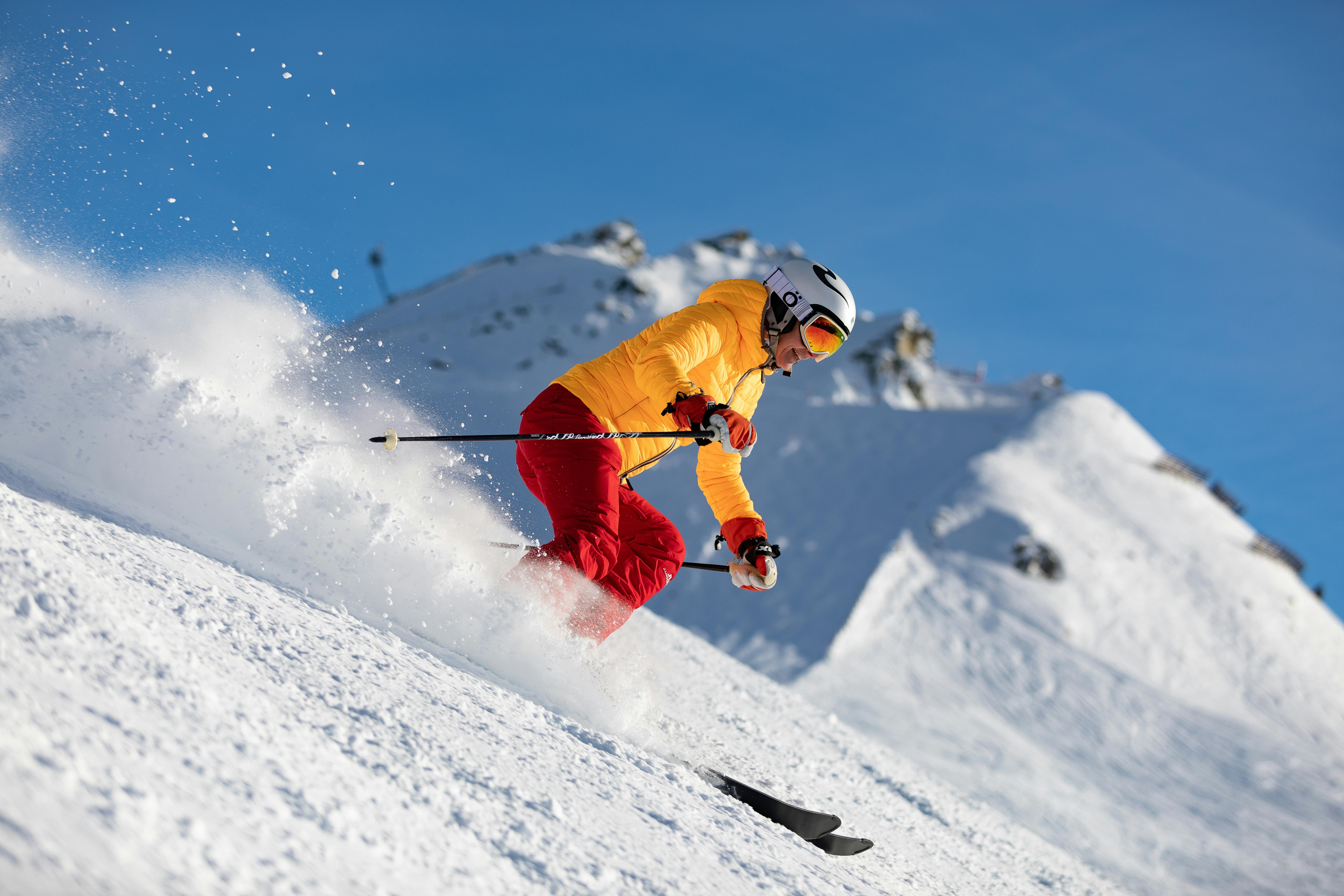Ski: Essential Guide to Winter Mountain Skiing
Skiing combines physical technique, specially designed gear, and understanding of mountain conditions to create a versatile winter activity. Whether you are trying downhill slopes for the first time or refining technique, basic knowledge about snow types, appropriate ski equipment, and mountain terrain helps improve safety and enjoyment while reducing common frustrations.

What is skiing?
Skiing is a winter sport and mode of travel in which a person glides over snow using skis attached to boots. It ranges from recreational downhill runs at developed resorts to backcountry touring across ungroomed terrain. Effective skiing relies on balance, edge control, weight distribution, and turns that manage speed and direction. Different disciplines — alpine, cross-country, telemark, and freestyle — use distinct techniques and equipment.
Beyond basic skill, skiing also involves environmental awareness: understanding weather, avalanche conditions, and lift operations at a resort. For newcomers, lessons with a qualified instructor accelerate skill development and reduce the risk of common accidents caused by improper posture or equipment misuse.
How does snow shape skiing conditions?
Snow type and condition directly influence how skis perform. Fresh powder offers buoyancy and softer landings, while hard-packed or icy surfaces increase speed and require sharper edges for grip. Wet snow can be heavy, slowing skis and making movement more tiring. Temperature and recent weather determine whether snow is granular, fresh, crusty, or compacted.
Snow maintenance at resorts — grooming, snowmaking, and piste management — changes the skiing experience daily. Backcountry skiers must read snowpack stability and choose routes accordingly; layered snow with weak interfaces can increase avalanche risk. Observing local avalanche bulletins and sticking to terrain within your skill level are essential practices tied to snow conditions.
How does winter affect planning and safety?
Winter weather introduces shorter daylight, lower temperatures, and variable visibility, so planning is critical. Always check weather forecasts and resort or local advisories before heading out. Dress in layers to manage body heat and moisture: a moisture-wicking base, insulating mid-layer, and a wind- and water-resistant shell. Protect extremities with suitable gloves, socks, and a helmet.
Safety also involves communication and emergency preparedness. Carry a charged phone, know local emergency numbers, and, when venturing off groomed trails, consider avalanche safety gear (beacon, shovel, probe) and the training to use it. Fatigue, dehydration, and altitude can impair judgment, so pace activities and recognize signs of cold-related injuries.
Choosing ski equipment for fit and performance
Selecting the right ski equipment starts with fit and intended use. Skis vary by length, width, and flex: wider skis perform better in powder, narrower skis are quicker on groomed runs. Bindings must match boot sole type and be adjusted to your weight, height, and ability for safe release. Ski boots should fit snugly without pressure points; proper boot fit transfers movement efficiently to the ski.
Poles, helmets, goggles, and appropriate clothing complete the setup. Goggles with interchangeable lenses handle changing light. If you rent, request assistance to match equipment to your skill and the expected snow conditions. Regular maintenance — edge sharpening and waxing — keeps gear responsive and increases longevity.
Skiing in the mountains: terrain and altitude
Mountains present varied terrain from gentle beginner slopes to steep, technical lines. Trail maps and resort signage indicate slope difficulty and lift access; in the backcountry, topographic maps and route planning are crucial. Altitude affects oxygen availability and can cause mild altitude sickness; allow time to acclimatize, stay hydrated, and reduce exertion intensity on the first day or two at higher elevations.
Environmental stewardship is part of mountain use: follow local guidelines, respect wildlife habitats, and carry out what you bring in. Mountain weather can change quickly, so keep an eye on cloud cover, wind, and temperature shifts that can alter snow safety and visibility within minutes.
Conclusion
Skiing is a skillful blend of technique, equipment, and environmental awareness. Understanding how snow and winter conditions interact with your gear and the mountains helps you make safer, more enjoyable decisions on every outing. With appropriate preparation, fit equipment, and respect for terrain and weather, skiing can be a rewarding way to explore winter landscapes.






